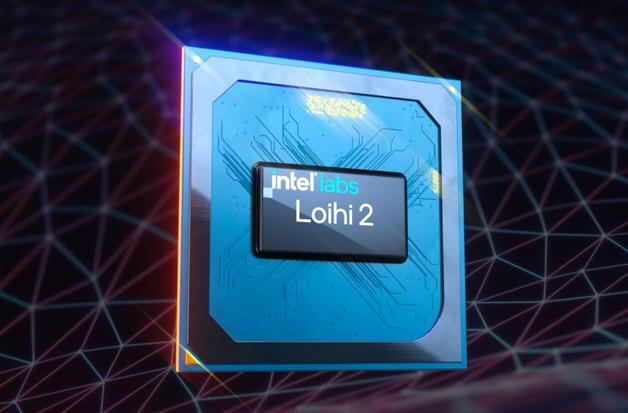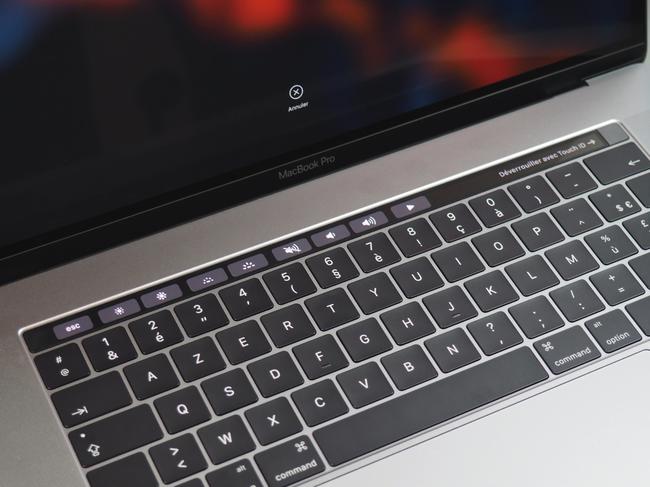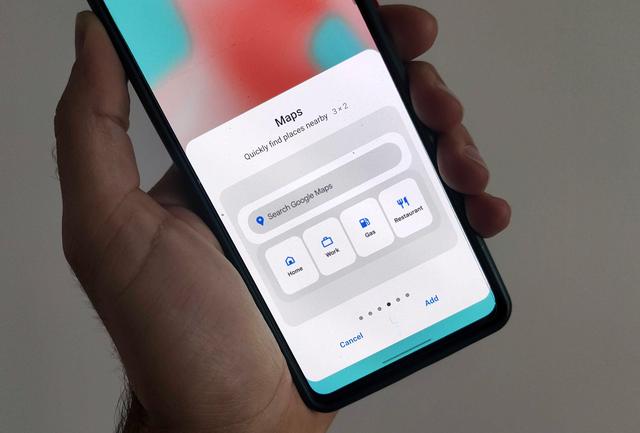As its name suggests (or not), a neuromorphic chip mimics the functioning of the human nervous system and in particular that of the brain. A traditional computer has a so-called “Von Neumann” architecture, that is to say that the memory part (storage) and the processor part (calculations) are separated. Information is processed sequentially and synchronously, based on a regular clock frequency. It is a functioning that differs from the human brain by its rigidity.
In the case of a neuromorphic processor, the different “neurons” (one million for Loihi 2) communicate with each other, allowing parallel, asynchronous and event-based processing of information. Clearly, since neuromorphic processors have the ability to process information irregularly, they have a better ability to adapt to events. Beyond increased power, this chip has several advantages.
More powerful, faster, less energy-consuming
Being able to calculate a large amount of information in parallel at any time is an evolution in terms of speed of execution of calculations and of their complexity. Using more complex algorithms can be up to ten times faster. This will allow the computer to learn and adapt with less latency, even in real time.
This type of communication directly between artificial neurons is therefore more efficient than the communication of traditional computers, where information must constantly go back and forth between the memory and the processor. This efficiency also translates into lower energy consumption.
Several projects already under study

Among the sectors interested in neuromorphic computing, there is first medicine. In 2020, Intel supported a project launched by a university and a pediatric hospital in Israel: a robotic arm mounted on a wheelchair to help people with disabilities with certain tasks of daily living. The use of the Loihi chip should allow the creation of an intelligent robotic arm that adapts to its user. The low energy consumption of neuromorphic chips is another major advantage, since it would divide the price by 10 and recharge the battery of the device more quickly. Other medical uses are envisaged, especially for prostheses, or to adapt the dosage of drugs in real time according to factors such as glucose or insulin levels.
Always on the lookout for new technologies, the field of security also sees several potential uses for neuromorphic processors. According to robotics researchers from the University of Zurich, they could make drones more autonomous and more precise, for example to explore a disaster area and locate victims.
In 2020, researchers from Intel Labs and Cornell University managed to equip the first version of Loihi with a “smell” to warn of the presence of dangerous chemicals. This capability could be expanded to search for drugs and explosives or to diagnose certain illnesses.
Cybersecurity is not left out, since the ability to learn in real time would be a great help in detecting viruses and other malware while consuming less energy. A feature that is important for this type of software, which must be active at all times.
The automotive industry could also use this type of chip for security reasons, in particular for emergency braking systems or to detect if a part of the car is defective.
Today, these chips remain prototypes and are not marketed. Intel has nevertheless taken an important step in this direction with Loihi 2, by making free software available for researchers and developers.
The fact that a computer can operate similarly to the human brain, especially if it begins to have senses such as smell and touch, can cause concern and raise social and of course ethical issues. Rest assured: there is no question here of computers equipped with emotions, even less with consciousness. They remain computers, at least for now.










Farewell Touch Bar, I won't regret...
Caddy, the only web server to use H...
Burkina Faso / Gabon (TV / Streamin...
What the future of work will not b...